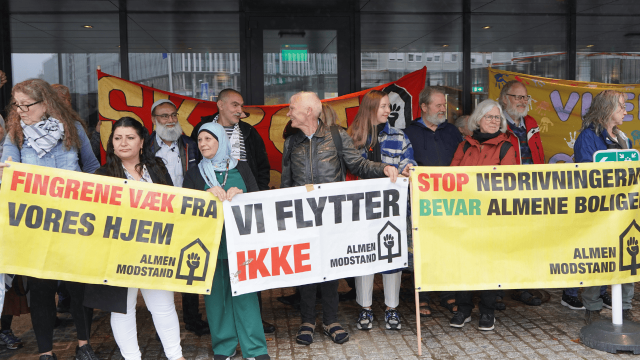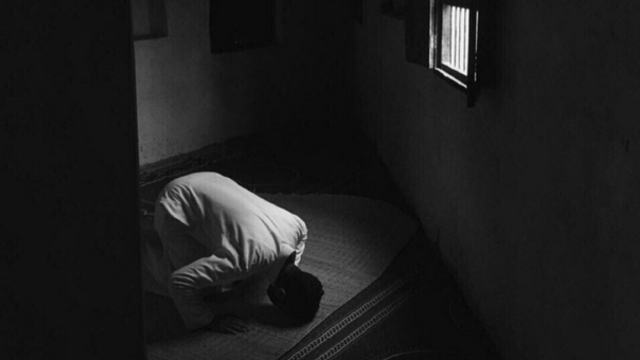As Eid al-Adha (Feast of Sacrifice) or Eid al-Kebir (Great Feast) approaches, Sofiane inquires about ritual slaughter to perform it under the best conditions, particularly in compliance with national regulations, standards, food safety, health, animal protection, and environmental norms.
What does the law say?
The law authorizes ritual slaughter only in approved slaughterhouses, permanent or temporary, and consequently prohibits the use of clandestine slaughterhouses such as on farms or in private homes (Article R214-73 of the Rural and Maritime Fishing Code (hereinafter the “Rural Code”)).
Ritual slaughter of animals without stunning is a derogation that is strictly regulated by Articles R214-73 to R214-75 of the Rural Code.
To ensure the ritual nature of the slaughter, two conditions must be verified:
- For ritual slaughters in slaughterhouses to be authorized to derogate from the stunning requirement, sacrificers must hold a certificate of competence: “Protection of animals at the time of killing”, issued by the prefect for a period of five years (CCPA).
- The sacrificers must also be authorized by religious organizations approved by the minister in charge of agriculture, on the proposal of the Minister of the Interior (Article R214-75 of the Rural Code). Animals must be immobilized before bleeding by a mechanical process (Article R214-74 of the Rural Code).
How to respond to high demand during Eid days?
To meet the growing demand for lambs or sheep, at least six months old, that comply with both legal requirements and Muslim principles during Eid al-Adha or Eid al-Kebir, the decree of December 18, 2009 NOR AGRG0927648A authorizes the use of approved temporary slaughterhouses based on a temporary approval file submitted to the Departmental Directorate (of Social Cohesion and) of Population Protection (DD(CS)PP).
What are the risks of slaughtering outside an approved slaughterhouse?
Slaughtering an animal outside an approved slaughterhouse, permanent or temporary, constitutes a criminal offense punishable by six months imprisonment and a fine of 15,000 euros (Article L.237-2 of the Rural Code).
Law No. 2018-938 of October 30, 2018 extends the offense of animal cruelty to slaughterhouses and live animal transport establishments and doubles the penalties for animal cruelty from six months to one year of imprisonment.
Can I keep live animals intended for consumption?
Anyone keeping animals, except for transporters and owners or managers of assembly centers, must declare themselves to the departmental livestock establishment (EdE) to obtain a national number.
Individuals who have not declared themselves to the EdE cannot keep live animals. This infraction is punishable by a fifth-class contravention (Article R. 215-12 IV and R.215-11 of the Rural Code).
When an individual buys a lamb or sheep:
- From a breeder;
- From a livestock trader;
- In an animal market organized by a breeder/trader;
The animal is then taken directly to the slaughterhouse for sacrifice with the animal’s movement document.
Can I transport animals intended for consumption?
Transporting live animals without the required transporter authorization constitutes an offense punishable by six months imprisonment and a fine of 7,500 euros (Article L. 215-13 of the Rural Code).
Once authorization is granted, how should I transport my animal?
Throughout the transport, it is important to ensure the animal’s welfare, particularly considering ventilation, vehicle size, etc.
Consequently, it is not appropriate to transport it:
- in a closed trunk without ventilation;
- lying down with tied legs;
- in conditions where it might fall, get injured, or even escape onto public roads.
It is therefore necessary to provide a special space for the animal’s vital needs (Art. R. 214-50 of the Rural Code), to feed and water it, and to treat it with compassion and kindness.
Failure to comply with these requirements risks incurring a 4th class fine (up to 750 euros).
Applicable references:
COUNCIL REGULATION (EC) No 1099/2009 of 24 September 2009 on the protection of animals at the time of killing; Order of 18 December 2009 on health rules applicable to products of animal origin and foodstuffs containing them; Decree No. 2011-2006 of 28 December 2011 setting the conditions for authorizing slaughterhouses to derogate from the obligation to stun animals; Order of 28 December 2011 on the conditions for authorizing slaughterhouses to derogate from the obligation to stun animals; Order of 31 July 2012 on the conditions for issuing the certificate of competence concerning the protection of animals at the time of killing;
Instruction of 15 May 2023 on sanitary measures and animal protection relating to the Muslim festival of Eid al-Adha NOR: IOMK2311955J;
Rural and Maritime Fishing Code: Articles R214-73 to R214-75; Article R214-73; Article R214-75; Article L.237-2; Article R. 215-12 IV and R.215-11; Article L. 215-13; Article R. 214-50.




